‘Mausam’ or Arabic ‘Mawsim’ refers to the season when ships could sail safely in the Indian Ocean and these seasonal monsoon winds underwrote both a shared culture in the past, as also the continued survival of maritime regions into the present. ‘Maritime cultural landscape’ was used by Olof Hasslof, the Swedish maritime ethnologist in the 1950s to indicate an understanding of the use of the sea by humans and included attendant coastal structures and cultural identifiers.
The papers in this book examine the development of coastal settlements and architectural remains from the third millennium bce Bronze Age to almost the present across a large part of the Indian Ocean extending from Arabia to Vietnam. A second objective of the book is to relate this understanding of the past with that of the present and to highlight the extent to which indicators of historical cultural networks provide building blocks for contemporary societies, as they work towards universal values and trans-border groupings—both of which underwrite UNESCO’s 1972 World Heritage Convention. The Convention encourages the identification, protection and preservation of cultural and natural heritage around the world considered to be of outstanding value to humanity, thereby focussing on the universal, rather than the local or regional. The book will appeal to readers of maritime history, as well as those involved in heritage studies.

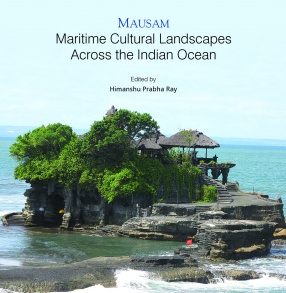
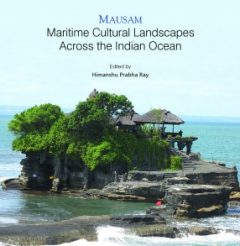
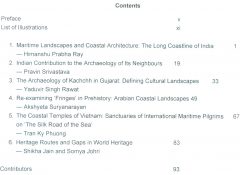
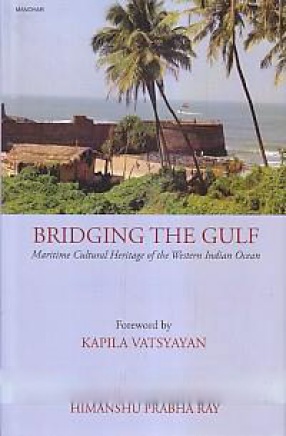
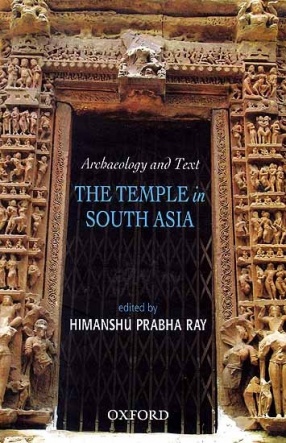

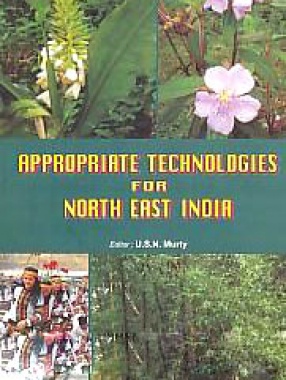

There are no reviews yet.